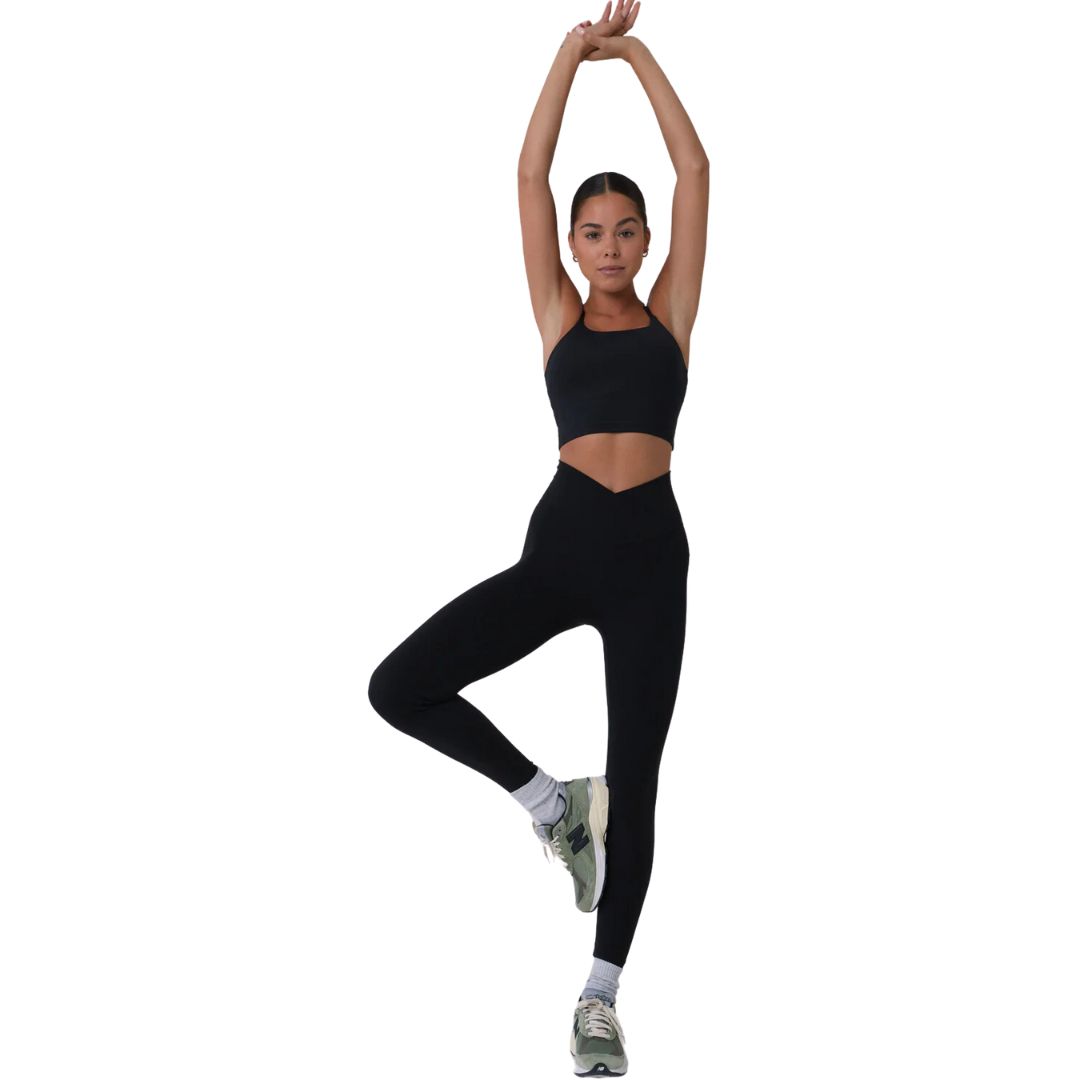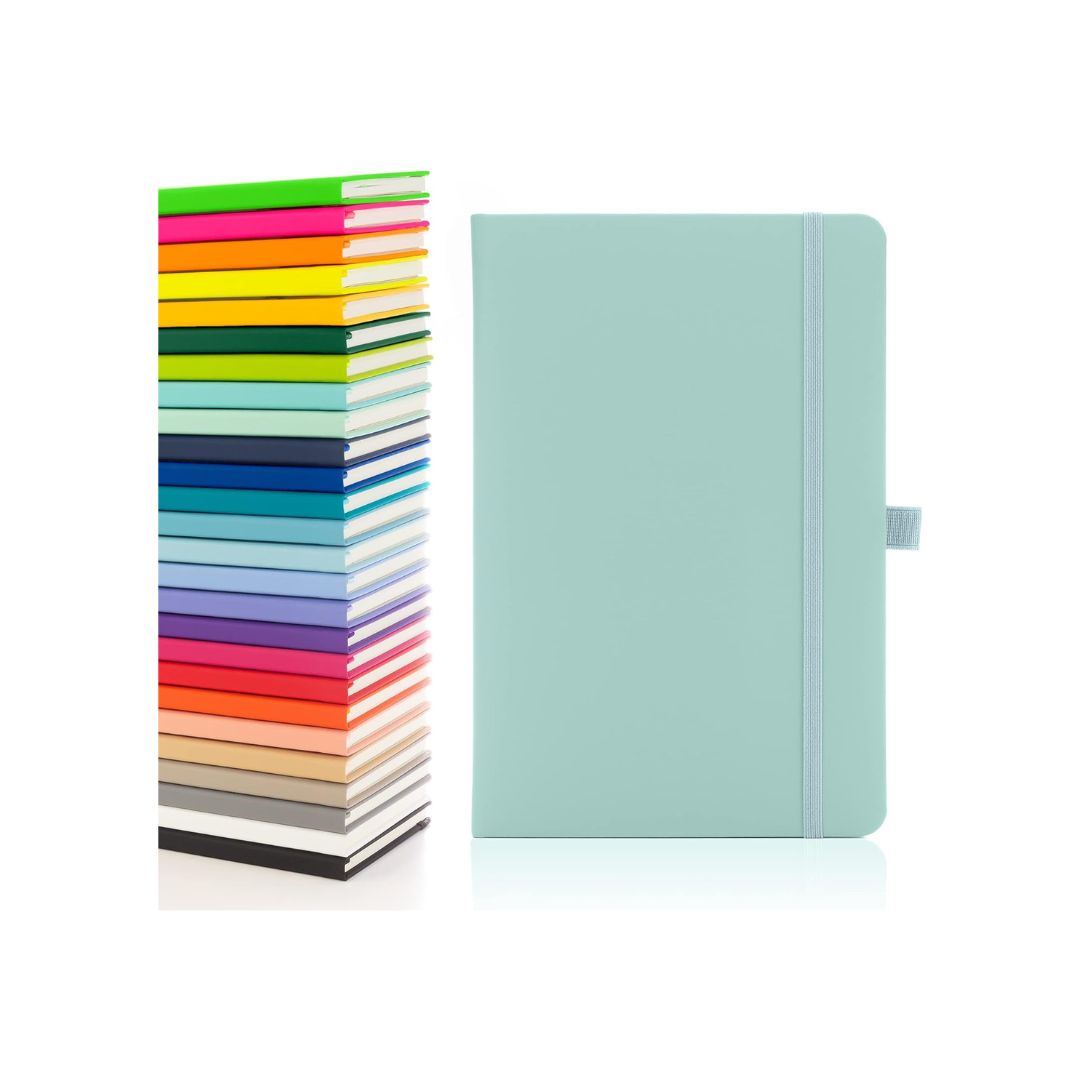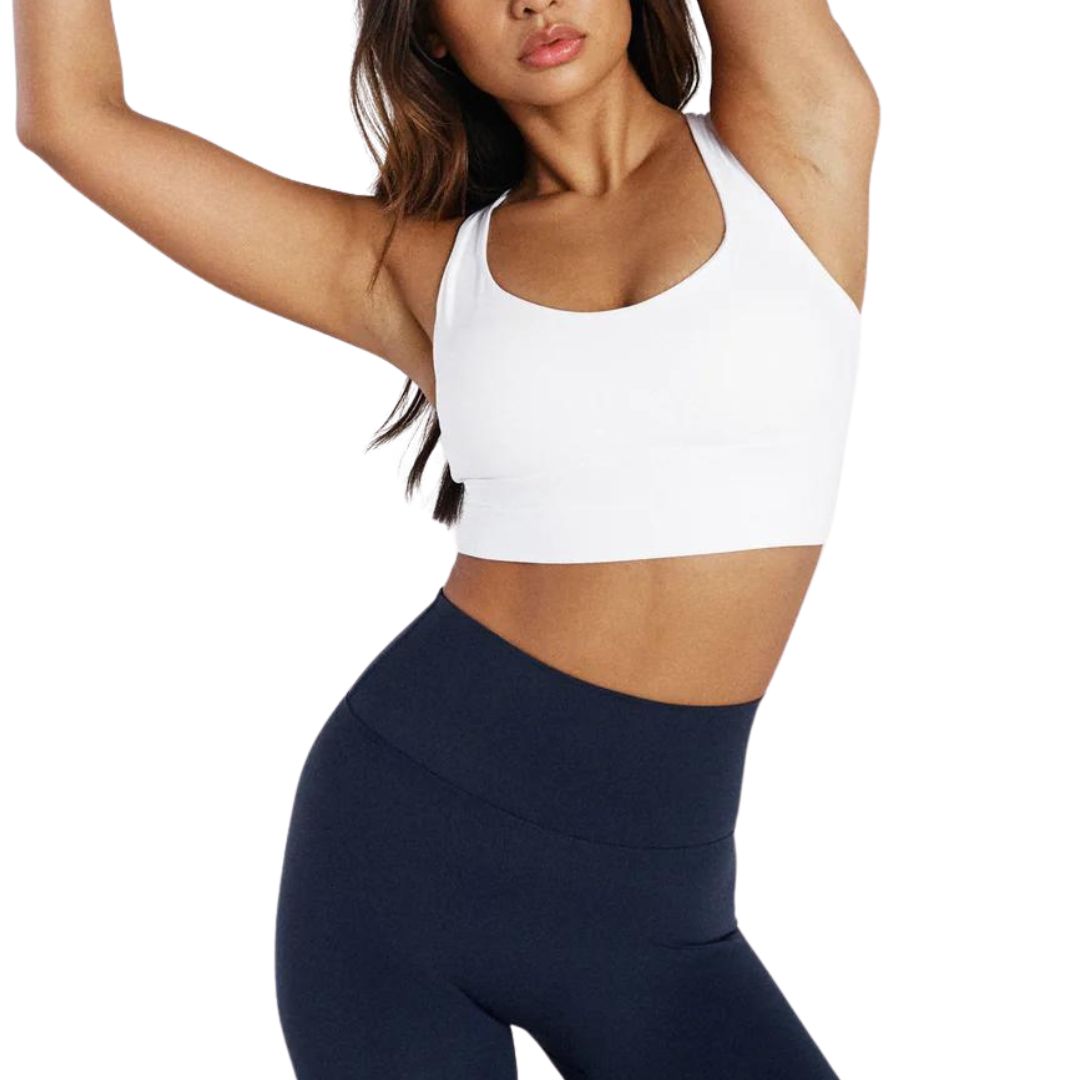How the trending 5-4-3-2-1 technique promises to boost calm and ease tension in just minutes
An expert gives their verdict on the viral method.


If you've been looking for ways to calm your nervous system or de-stress during difficult moments, you've likely come across the 5-4-3-2-1 grounding technique. Google searches for the method have spiked by over 5,000% in the past month alone while, over on TikTok, there are countless posts with hundreds of thousands of views.
We're likely searching for grounding techniques because of our collective overwhelm. In the UK, 79% of adults say they feel stressed at least once a month, with 74% feeling overwhelmed or unable to cope at some point in the past year, according to The Stress Management Society.
The good news is that mindfulness interventions, such as the 5-4-3-2-1 grounding technique, have been shown to improve mental health. Researchers who reviewed the literature on these practices found beneficial effects on depression, anxiety, stress, insomnia and many other outcomes, according to research from the British Medical Bulletin.
"In moments of acute stress and anxiety, we can lose touch with the here and now as our minds run away from us," says Clare Walters, mind and body master trainer at Third Space London. Below, she shares more about why, in her expert opinion, these practices work, plus why the 5-4-3-2-1 grounding technique is her favourite. Keen to read more about the practice? Don't miss our guides to grounding therapy, nervous system regulation and TikTok's trending low dopamine mornings, while you're at it.
Search for the 5-4-3-2-1 grounding technique is up +5000% - your guide
What is the 5-4-3-2-1 grounding technique?
"The 5-4-3-2-1 method is a grounding technique using the five senses which can be really helpful during moments of high stress or anxiety," says Walters. It involves noticing:
- Five things you can see
- Four things you can touch or feel
- Three things you can hear
- Two things you can smell
- One thing you can taste
These things should all in your immediate vicinity. If I was to do the 5-4-3-2-1 grounding technique while writing this, I'd say:
- I can see my laptop, my glass of water, the roses on my table, my notebook and my window in front of my desk.
- I can feel my keyboard under my fingers, my hair on my neck, the rings on my fingers and my waistband against my stomach.
- I can hear the traffic outside my window, my Spotify music and my breathing.
- I can smell fresh air from the open window and next door's lunch cooking.
- I can taste toothpaste from when I brushed my teeth moments ago.
What are the benefits of the 5-4-3-2-1 grounding technique?
The idea of this technique is that it takes you out of your head and into the present moment. "When our thoughts become less rational and we start to think about the “what if’s” we can get stuck in an anxiety loop. By doing the 5-4-3-2-1 method, we focus on and isolate the senses. This breaks negative thought patterns and brings our awareness back into our body,'" explains Walters.
Celebrity news, beauty, fashion advice, and fascinating features, delivered straight to your inbox!
"It interrupts our fight or flight response and allows us to calm our nervous system, in doing so we regain control over our thoughts," she goes on.
There's research to support this theory, too. A new Frontiers in Psychology study from 2024 compared embodiment techniques - methods that help people to drop into their bodies, like 5-4-3-2-1 grounding - to other types of mindfulness. The researchers found embodiment was consistently helpful for reducing state anxiety, unlike other methods.
How and when should you do the 5-4-3-2-1 method?
"The 5-4-3-2-1 method works really well in the moment of acute stress or anxiety," says Walters. "It's also recommended as a grounding tool for those who experience panic attacks."
In short, during stressful or overwhelming moments when you start to feel your mind race, you can turn to the technique for comfort and calm. It encourages you to list your senses in your head, say them out loud or write them down, depending on what works best for you and your environment.
"The same method can be used as a daily meditation practice. We’re focussing the mind on our surroundings and what’s happening at the moment as opposed to letting the mind wander, so it's great for training mindfulness," adds Walters.
How to do the 5-4-3-2-1 grounding technique?
This handy video from meditation app Calm perfectly sums up how to practice the technique in just 35 seconds. Take a deep breath, play, and enjoy.
So, should I give the 5-4-3-2-1 technique a go?
Bottom line: if you're someone who often finds themselves overwhelmed or are just looking for a simple de-stress tool, then the 5-4-3-2-1 technique is a simple to master (and totally free) tool at your disposal.
Of course, if you find yourself becoming stressed more regularly than normal, it's always worth checking in with your GP or a qualified mental health expert to ensure you're looking after both body and mind.
Shop MC UK's go-to fit kit now:

Similarly, there's a reason their Ultimate Leggings have been included in our edit of the best workout leggings for the best part of two years now - they're truly great quality for the price point and are both fashionable and functional, too.
How else can I ground myself during anxiety?
"If the 5-4-3-2-1 method is being used to quickly lower stress or anxiety, it can be enhanced by using a breathwork technique called the Physiological Sigh," says Walters.
"The Physiological Sigh is a double inhale through the nose and an exhale through the mouth. Firstly take a long inhale through the nose filling the belly and ribcage, then a short sharp inhale through the nose to fill the upper chest, then let all the air out through the mouth."
"When we do this we override our fight or flight response and start to down-regulate our nervous system. It also quickly lowers our breathing rate and balances out our CO2 levels which can help to regulate our emotions." Got it?

Chloe Gray is a freelance journalist who writes and talks about health, fitness, and wellbeing through a feminist lens. She was part of the launch team for Stylist magazine's fitness brand, Strong Women, and has written for i news, Women's Health, Red magazine, Good Housekeeping, Refinery29, and more. She's all about building mental and physical strength, eating delicious food that fuels you well, and making the fitness industry more accessible and enjoyable. She's also a qualified fitness trainer and research nerd, so you can be sure everything you read is backed by proper science.



